 1987 Lada 2109 Dimensions, Size & Specs
1987 Lada 2109 Dimensions, Size & Specs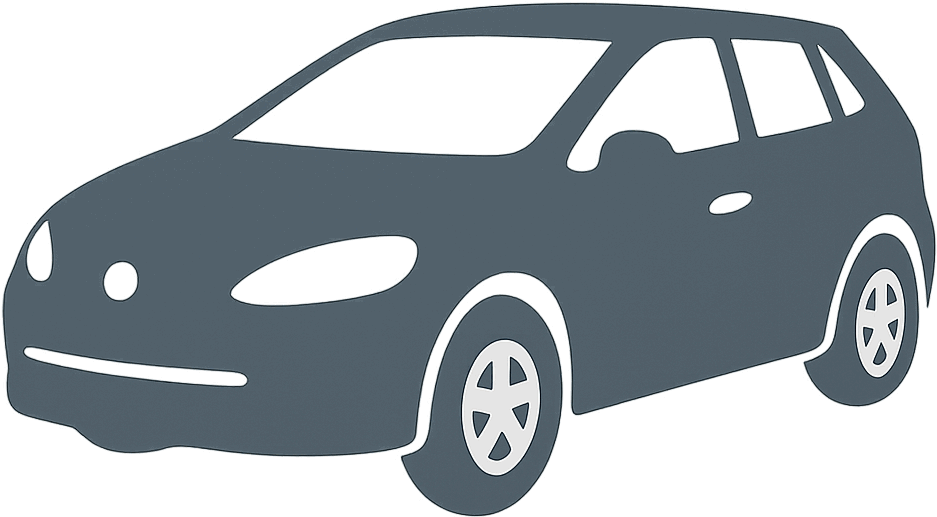
Measurements of the 1987 Lada 2109, engineered for optimal performance and comfort
| Dimensions | |
|---|---|
| Length: | 4006 mm157.7 in13.1 ft |
| Width: | 1650 mm65.0 in5.4 ft |
| Height: | 1402 mm55.2 in4.6 ft |
| Trunk Capacity: | 270 liter9.5 cu ft |
| Trunk Capacity (Max): | 1000 liter35.3 cu ft |
| Weight Specifications | |
| Curb Weight: | 915 kg2017 lbs |
| Maximal permitted Weight: | 1340 kg2954 lbs |
| Tire Specifications | |
| Tire Size: |
|
The Lada 2109, produced from 1987 to 1997, is a compact hatchback that represents a significant model within the Soviet and post-Soviet automotive market. Known for its simplicity and utilitarian design, the Lada 2109 offers practical dimensions that cater to urban driving and small family use. Measuring 4006 mm (approximately 13.14 feet) in length, 1650 mm (5.41 feet) in width, and 1402 mm (4.60 feet) in height, this hatchback occupies a modest footprint on the road, making it easy to maneuver and park in tighter city spaces.
Weighing 915 kg (2018 lbs) curb weight and with a maximum permissible weight of 1340 kg (2954 lbs), the Lada 2109 maintains a lightweight, contributing to its straightforward mechanical performance and fuel efficiency. It rides on 165/70 SR13 tires, providing a balance between ride comfort and handling stability.
The cargo capacity is another practical feature of the Lada 2109. With rear seats in place, the luggage compartment offers 270 liters (9.53 cubic feet) of space, suitable for everyday shopping or small luggage. Fold down the rear seats, and the load capacity expands dramatically to 1000 liters (35.31 cubic feet), allowing for transport of larger items or bulkier goods.
Overall, the Lada 2109 hatchback is characterized by its compact size, efficient use of space, and straightforward design, making it a noteworthy choice for those interested in a vintage small hatchback from the late 20th century. Its dimensions and weight class place it comfortably among other compact hatchbacks of its era, and it remains a popular subject for comparison in car size discussions and classic car enthusiast circles.
Discover the standout features that make the 1987 Lada 2109 a leader in its class
Have a question? Please check our knowledgebase first.
The Lada 2109 hatchback, produced from 1987 to 1997, features a length of 4006 mm (157.6 inches), a width of 1650 mm (65 inches), and a height of 1402 mm (55.2 inches). These dimensions place it in the compact hatchback segment, making it suitable for urban driving and relatively easy parking.
The Lada 2109 has a curb weight of 915 kg (2018 lbs), which is the vehicle's weight without passengers or cargo but including all necessary operating consumables. Its maximum weight capacity is rated at 1340 kg (2955 lbs), covering the total weight of the vehicle, passengers, cargo, and fuel. This lightweight design contributes to decent fuel efficiency and nimble handling.
With the rear seats in place, the Lada 2109 offers a luggage capacity of 270 liters (9.5 cubic feet), which is adequate for everyday errands and small trips. When the rear seats are folded down, the cargo space expands significantly to 1000 liters (35.3 cubic feet), allowing for larger items or more extensive cargo to be carried with ease.
The Lada 2109 is equipped with 165/70 SR13 tires. This tire size indicates a tire width of 165 mm, an aspect ratio of 70%, and a 13-inch wheel diameter. These tires provide a balance between comfort, traction, and fuel efficiency, contributing to the car's manageable handling and ride quality in urban and suburban conditions.
Yes, the Lada 2109's compact dimensions make it well-suited to fit inside a standard residential garage. With a length of just over 4 meters (approximately 13 feet), a width of 1.65 meters (about 5.4 feet), and a height of roughly 1.4 meters (4.6 feet), it comfortably fits within common garage spaces, which typically measure around 2.5 meters wide by 5 meters deep.
The Lada 2109 is a hatchback variant within the Lada 2100 series and is slightly more compact than some earlier sedan models like the Lada 2107. It maintains a similar width and height but measures about 4006 mm in length, which is shorter than the sedans that often measured around 4200 mm or more. This reduction in length and hatchback design adds practicality and agility without compromising interior space.
Compared to contemporaries like the Volkswagen Golf Mk2 or the Ford Fiesta of the late 1980s and early 1990s, the Lada 2109 is slightly longer but narrower. The Golf Mk2, for example, is approximately 3995 mm long, very close in length to the 2109, but often wider. The modest size and light weight of the Lada 2109 made it competitive as an economical city car, though with simpler suspension and less refinement than Western rivals.
Inside, the Lada 2109 offers reasonably comfortable accommodation for four to five passengers for its class, thanks to the hatchback layout that optimizes space. While it is compact externally, the design aimed to maximize headroom and legroom. However, the ride quality and ergonomics reflect the utilitarian nature of the car, prioritizing function over luxury.
Thanks to its relatively low curb weight of 915 kg (2018 lbs) and size, the Lada 2109 tends to be fuel-efficient for its era, often achieving around 7-9 liters per 100 kilometers (roughly 26-33 miles per gallon). Its lightweight, compact design helps reduce engine strain and fuel consumption, making it economical for urban and suburban driving.
Throughout its production run from 1987 to 1997, the Lada 2109 largely retained the same exterior dimensions and basic shape, maintaining the length of 4006 mm, width of 1650 mm, and height of 1402 mm. Incremental improvements were mainly mechanical and cosmetic rather than dimensional. This consistency helped maintain parts interoperability and kept the vehicle familiar to its user base.
Discover similar sized cars.
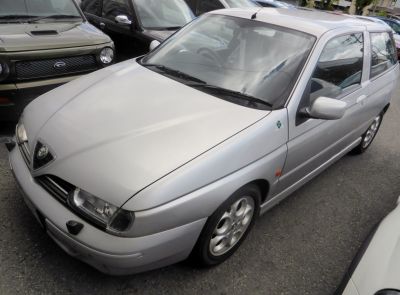
| Production: | 1999-2000 |
|---|---|
| Model Year: | 1999 |
| Length: | 4061 mm159.9 in |
| Width: | 1712 mm67.4 in |
| Height: | 1431 mm56.3 in |
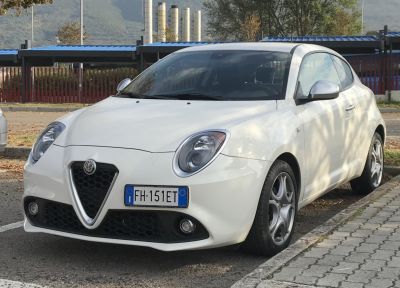
| Production: | 2016-2018 |
|---|---|
| Model Year: | 2016 |
| Length: | 4063 mm160.0 in |
| Width: | 1720 mm67.7 in |
| Height: | 1446 mm56.9 in |
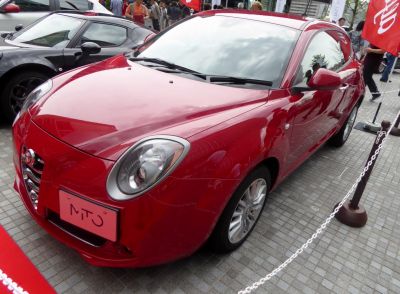
| Production: | 2013-2016 |
|---|---|
| Model Year: | 2013 |
| Length: | 4063 mm160.0 in |
| Width: | 1720 mm67.7 in |
| Height: | 1446 mm56.9 in |

| Production: | 2008-2013 |
|---|---|
| Model Year: | 2008 |
| Length: | 4063 mm160.0 in |
| Width: | 1720 mm67.7 in |
| Height: | 1440-1446 mm56.7-56.9 in |
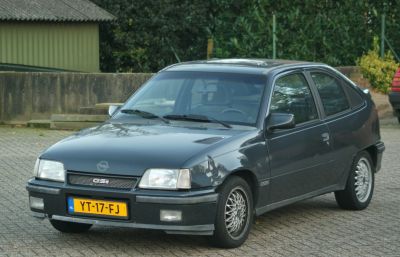
| Production: | 1984-1991 |
|---|---|
| Model Year: | 1984 |
| Length: | 3998 mm157.4 in |
| Width: | 1663-1669 mm65.5-65.7 in |
| Height: | 1400 mm55.1 in |
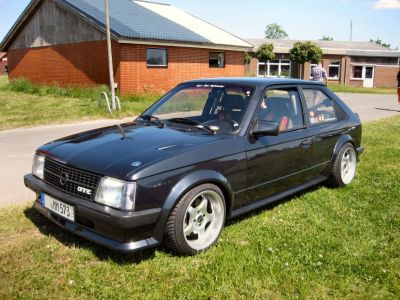
| Model Year: | 1979 |
|---|---|
| Length: | 3998 mm157.4 in |
| Width: | 1636 mm64.4 in |
| Height: | 1380 mm54.3 in |
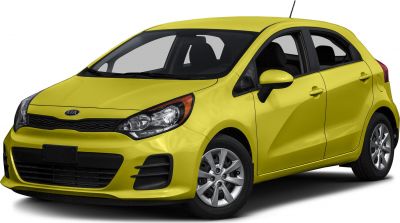
| Production: | 2015-2017 |
|---|---|
| Model Year: | 2015 |
| Length: | 4050 mm159.4 in |
| Width: | 1985 mm78.1 in |
| Height: | 1455 mm57.3 in |
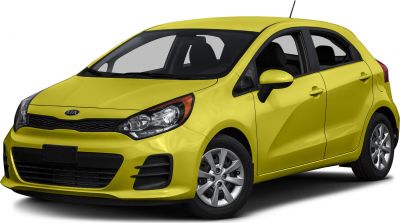
| Production: | 2015-2017 |
|---|---|
| Model Year: | 2015 |
| Length: | 4050 mm159.4 in |
| Width: | 1985 mm78.1 in |
| Height: | 1455 mm57.3 in |
